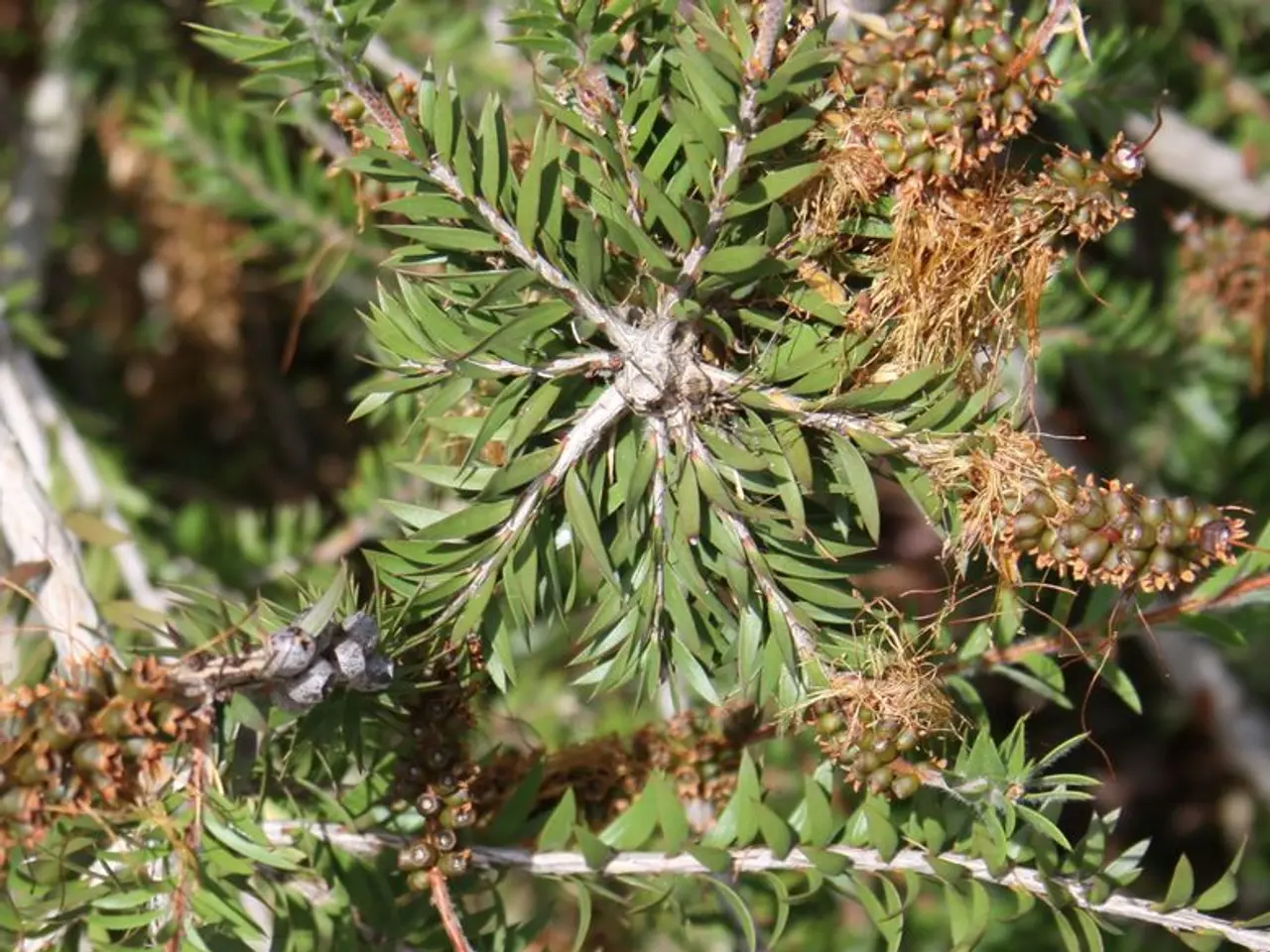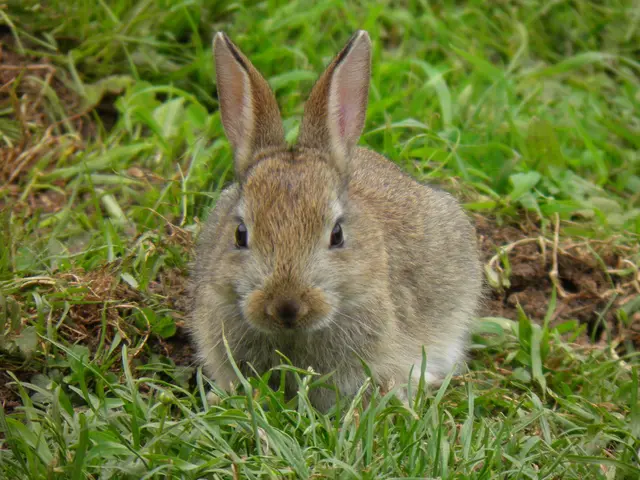Nut-bearing trees in abundance
In the heart of the UK, gardening enthusiasts and community orchard initiators are increasingly considering the planting of nut trees. These trees, such as walnuts, cobnuts (also known as filberts or hazelnuts), sweet chestnuts, and almonds, are not only attractive and long-lived but also offer a bounty of nutritious produce.
When selecting nut tree varieties for the UK climate, it is essential to opt for resilient trees that can thrive in local conditions. Here are some recommended varieties:
## Recommended Nut Tree Varieties for the UK
1. **Heartnuts (Juglans ailantifolia var. cordiformis)** Originating from Japan, Heartnuts are adaptable to various climates, including the UK. Known for their unique heart-shaped nuts, these trees are tolerant of wide climatic variations, including cold winters, and can grow up to 50 feet tall. Trees grown from seed take approximately 3 to 5 years to produce nuts, while grafted trees produce earlier.
2. **Walnuts (Juglans regia)** Native to Asia, some varieties of English walnuts are suitable for the UK climate. While not as tolerant as Heartnuts, they prefer well-drained soil and can grow quite large. They can take several years to mature and produce nuts.
3. **Hazel (Corylus avellana)** Native to Europe and Asia, Hazel trees are a hardy and versatile tree that produces hazelnuts. They are relatively easy to grow in the UK and prefers well-drained soils. Hazel trees can grow up to 15 meters tall and are known for their fast growth rate.
## Additional Considerations While Macadamia is not ideal for the UK climate due to its preference for warmer temperatures, it can be grown in greenhouses or indoor containers. Nut Tree Nurseries like Walcot Organic Nursery and G.V.Bale, which specialize in unusual and heritage fruit and nut tree varieties, are excellent sources for sourcing nut trees.
In community orchards, combining nut trees with fruit trees can create a diverse and resilient ecosystem. Soil preparation and choice of tree stock are crucial for success. Harvest nuts from a large tree by laying a sheet or similar on the ground beneath it, then gently shaking the tree or using something like a broom handle to gently move individual branches, then gather the fallen nuts.
Cobnut 'Cosford Cob' produces a heavy crop of nuts that ripen from mid-August, while sweet chestnuts need to be ripe and brown - there's no need to pick them, simply wait until the prickly-cased nuts fall from the tree in autumn. Walnut 'Broadview' starts producing fruit from just three years old and is self-fertile.
Sweet chestnut develops into a substantial tree more than 15m high and wide, making it suitable only for very large gardens. Almond 'Robijn' has good resistance to peach leaf curl disease and flowers later than most almonds, so it is less susceptible to frost damage. Almond ripening time varies according to variety - a good indication of ripeness is when the hull or outer casing starts to split open.
Nut trees are highly nutritious and come in a range of sizes, depending on the type. Some types of nut tree need a pollination partner (at least two trees of the same type). Nut trees described as 'self-fertile' are suited to growing alone.
In small gardens, almond trees trained as fans, and hazel trees, make the most efficient use of space. Cobnut 'Purple Filbert' is characterized by showy purple foliage, purple spring catkins, and edible autumn fruits. Walnut 'Buccaneer' is a slender and upright walnut variety that starts cropping from around four years old.
Cobnut 'Kent Cob' is a self-fertile variety that produces a good crop of nuts. Walnuts can be harvested from summer onwards to pickle and eat 'green' or left to harvest when fully ripe in autumn. Almond 'Princess' is free-fruiting and self-fertile, bearing nuts that ripen in September.
In conclusion, nut trees, such as walnut, cobnut (hazelnut), sweet chestnut, and almond, are excellent additions to UK gardens, allotments, and community orchards. They are not only attractive and long-lived but also provide a bountiful harvest of nutritious produce.
When deciding on the ideal nut trees for a UK garden, consider varieties like Heartnuts, Walnuts, Hazel, and various almond types. These trees not only enhance the lifestyle of gardeners but also offer food-and-drink options through nutritious produce. Properly prepared soil and selecting the right tree stock are crucial for success in home-and-garden settings.




